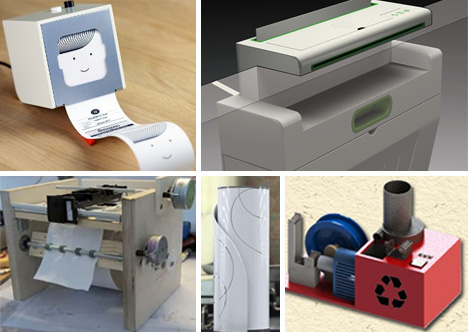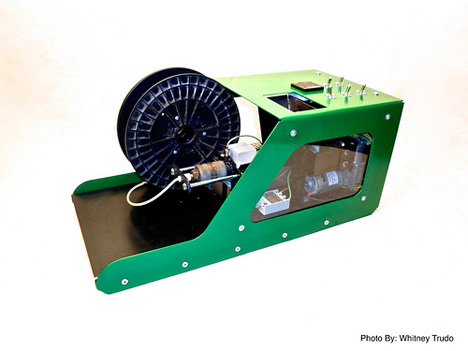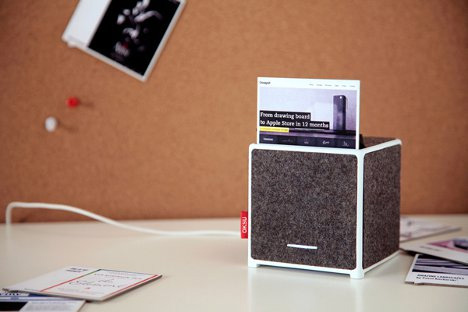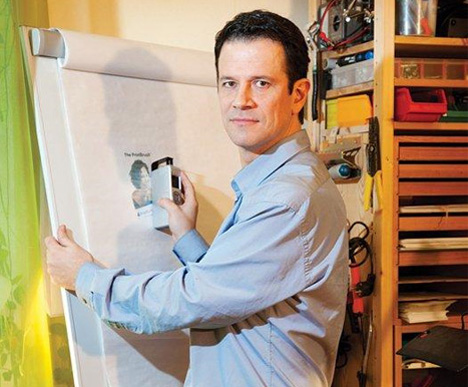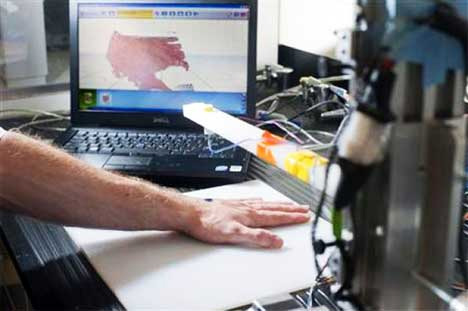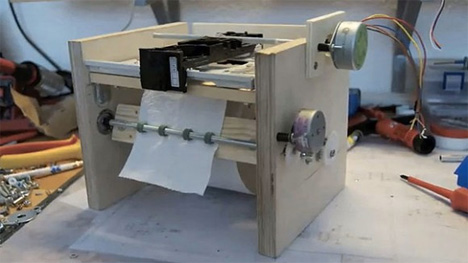Printers have become much more complex than simply machines that spit out pieces of paper with ink on them. Designers are envisioning all kinds of futuristic printers that will give us information on demand, 3D printed objects, food and even body parts. These 10 concepts and actual products are on the very cutting edge of printer technology.
The Filabot
The Filabot, an invention from Vermont Technical College student Tyler McNaney, is reinventing the way 3D printing works. It is, in essence, a printer of the materials used for 3D printing. Confused yet? The Filabot takes waste plastics, grinds and melts them down, then extrudes the plastic into filament. The filament is the “ink” for 3D printers which is laid down layer by layer until the desired object is created.
The Oksu
The Oksu, from designer Alex Zhulin, was created to share digital links in a physical format. When you find something you love – a YouTube video, for example – the Oksu prints out a speech bubble-shaped piece of paper with an image and description of the digital content. The paper also contains a near-field communication (NFC) chip which allows it to communicate with mobile gadgets, calling up the link on the screen. It’s kind of like sending a link via email, only there is a physical layer to the act. After the link has been visited, the little paper can still be used as a reminder of the interaction – which is much more fun than just saving an email.
The PrintBrush
Having a printer available is so commonplace that most of us rarely think about the functionality of these machines. Swedish engineer Alex Breton thought about it, and he didn’t see any reason we have to be tethered to traditional printers with their very limited paper sizes. He invented the PrintBrush, a hand-held printer that can go anywhere and print onto anything. You simply hold the device and pass it over the surface you want to print on – the PrintBrush detects its position and the rate at which you’re moving it, ensuring that each pixel is perfectly placed.
Skin Cell-Printing Inkjet
When skin is damaged beyond repair by burns or other wounds, a skin graft is usually the go-to treatment. But there are many complications inherent in skin grafts, including scarring and the possibility of rejection or infection. This device, created at Wake Forest University in South Carolina, would greatly reduce any risks by doing away with skin grafts entirely. Instead, the device “prints” – or, maybe more accurately, sprays – healthy skin cells directly onto a wound, where they can grow into a normal part of the patient’s skin. With this new method, there is no scarring, no risk of the body rejecting the new skin, and the repaired areas even grow their own hair. Perhaps best of all, the bio-printer drastically reduces wound healing time.
Toilet Roll Twitter Printer
There’s no delicate way to put this: people like to read while on the toilet. Some of us choose to take a book or magazine in, but this very unusual printer was designed to take their place. Brought to life by German inventor Mario Lukas for a hardware competition, the device prints your Twitter feed directly onto a roll of toilet paper for reading and subsequent wiping. Using toilet paper printed with Twitter updates might be the ultimate way to show your feelings for the microblogging site and the folks you follow there.
